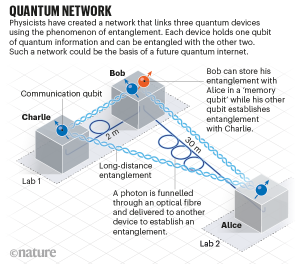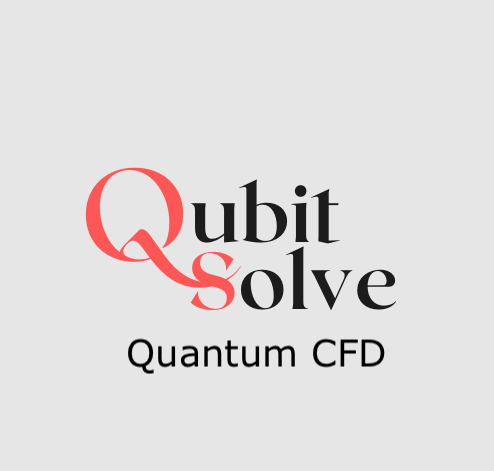
A team of researchers created a quantum Internet by linking three quantum devices together, Nature is reporting. In a world where billions of classical devices are linked together over the web, this may not sound like a major feat, but researchers are suggesting the team cleared a major hurdle toward a future quantum internet.
In a study, the research team led by physicist Ronald Hanson at the Delft University of Technology reported that they linked three devices together so that any two devices in the network ended up with mutually entangled qubits. The qubits were also placed in a three-way entangled state at all three devices, according to the team.
Hanson is a key figure in the emerging quantum industry, serving as QuTech’s principal investigator. The company’s website also reports he worked as its Scientific Director in 2016-2020. He currently chairs the steering board of Quantum Delta NL, the foundation responsible for the National Agenda Quantum Technology.
“It’s a big step forward,” Rodney Van Meter, a quantum-network engineer at Keio University in Tokyo, told Nature.

A quantum internet would enable ultrasecure communications. It could also pave the way for highly sensitive sensors and scientific equipment.
Quantum networks are so difficult to create because they rely on the super-sensitive realm of quantum physics. In the quantum world, elementary particles and atoms can exist in superposition — multiple simultaneous states — and they can be entangled with other particles, according to Nature. This gives quantum computers their massive ability to perform calculations, but also make them susceptible to noise and errors.
The devices use a synthetic diamond crystal to store quantum information.
According to Nature, researchers can make the nitrogen qubit in these diamond devices emit a photon, which will be automatically entangled to the atom’s state. The photon is then pushed into an optical fibre and to another device.
A three-node quantum network has been built before, Nature pointed out, but this approach seems better fit to create practical applications. However, those practical applications won’t be ready immediately. The team said that more work needs to improve the system’s performance.
In 2015, the team successfully entangled two diamond-based devices.
The team reported their findings on the arXiv preprint repository.
If you found this article to be informative, you can explore more current quantum news here, exclusives, interviews, and podcasts.


















